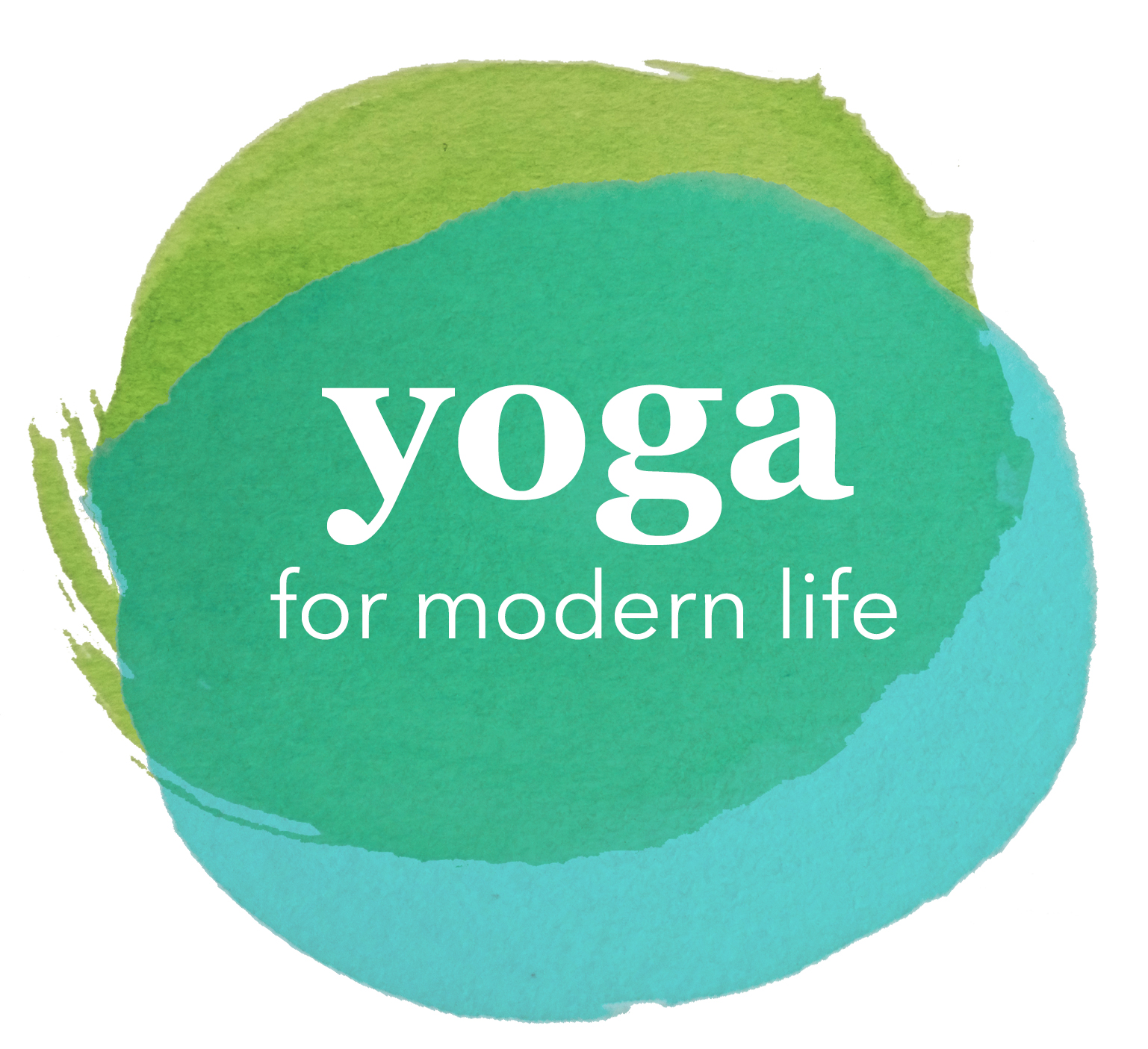The amazing power of breathing
Western research is now proving what yogis have known all along: Working with the breath can deliver powerful mind and body benefits. Learn how and why to take better advantage of it both in practice and in life.
Your body breathes on autopilot, so why worry about how to inhale and exhale? Well scientific research is showing that mindful breathing - paying attention to your breath and learning how to manipulate it - is one of the most effective ways to lower everyday stress levels and improve a variety of health factors ranging from mood to metabolism.
Despite the inherently automatic nature of breathing, most people have a lot to learn and improve upon when it comes to the most basic of our physiological functions. We tend to breathe at a fairly quick clip most of the time—anywhere from 14 to 20 breaths per minute is the standard, which is about three times faster than the 5 or 6 breaths per minute proven to help you feel your best, says Dr Patricia Gerbarg, co-author of The Healing Power of the Breath.
“There is a very direct relationship between breath rate, mood state, and autonomic nervous system state,” says Sat Bir Singh Khalsa, Assistant Professor of medicine at Harvard Medical School. “We’ve long known that breath changes in response to emotion: When people get panicky and anxious, their breath becomes shallow and rapid,” says Khalsa. “But we now know from a number of really good studies that actively changing the breath rate can actually change autonomic function and mood state.”
Here’s how researchers think it works: With each breath, millions of sensory receptors in the respiratory system send signals via the vagus nerve to the brainstem. Fast breathing pings the brain at a higher rate, triggering it to activate the sympathetic nervous system (fight-or-flight), turning up stress hormones, heart rate, blood pressure, muscle tension, sweat production, and anxiety. On the other hand, slowing your breathing induces the parasympathetic response (rest-and-restore), dialing down all of the above as it turns up relaxation, calm, and mental clarity.
Ready to tap into the power of breathing? Here’s some yoga breathing techniques to improve daily breathing both on and off the mat.
Basic breath awareness Begin by noticing where you already are with your breath. Do you know when and why your breath is shallow, or what makes it speed up? Just becoming aware of your breath tends to slow it down.
TRY ITAnytime, anywhere. Breathing through your nose, observe the inhalation and exhalation. Which happens faster? Which is longer? Don’t manipulate them. Just watch. Continue for 2–3 minutes.
Ocean breath This classic breathing practice is known for its soft, soothing sound similar to breaking ocean waves and can further enhance the relaxation response of slow breathing. It’s often used to focus your attention on your breath during yoga posture practice. But it can also be great to use to calm a baby to sleep (yes really, I can personally vouch for it!)
TRY ITInhale through your nose, then open your mouth and exhale slowly, making a “HA” sound, as if trying to fog up a mirror. Try this a few times, then do the same thing but with your mouth closed on the exhale. Keeping the back of your throat in the same shape you used to make the “HA,” as you exhale through the nose.
I hope you find these useful. Do let me know how you get on.

